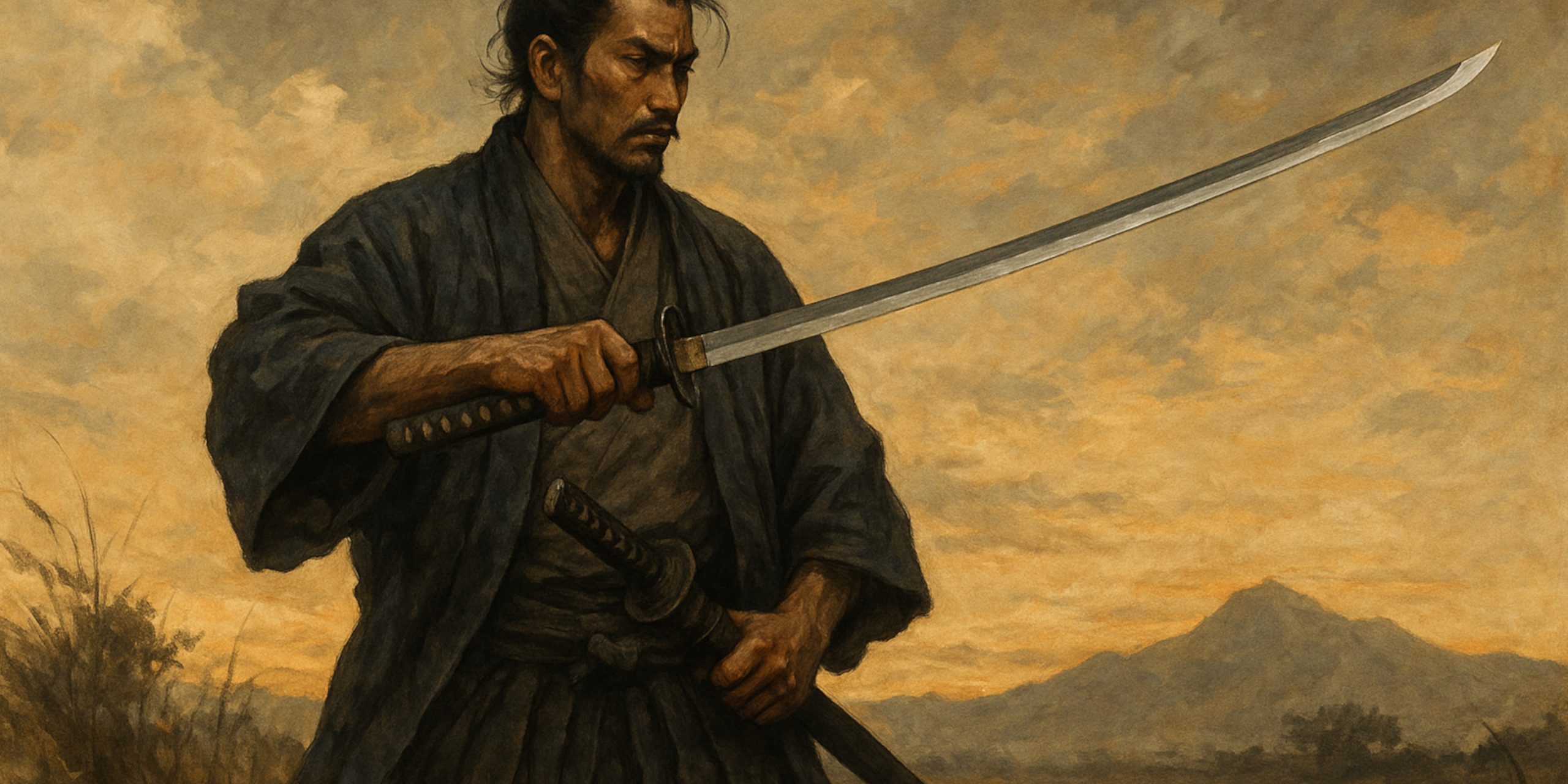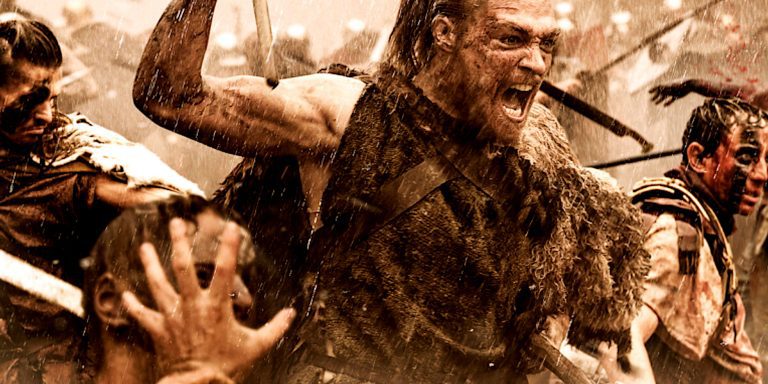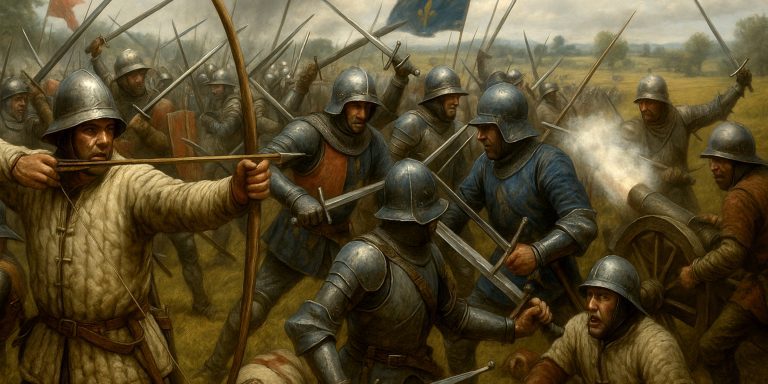
The samurai carried two swords, a practice known as “daisho,” which refers to the pair of swords consisting of a The samurai of feudal Japan were distinguished by their distinctive weaponry, most notably, the daishō, the paired swords consisting of a katana (long sword) and wakizashi (short sword). This tradition was more than just a combat preference; it represented the samurai’s identity, social status, and adherence to the bushido code.
Practical Reasons for Carrying Two Swords
1. Combat Versatility
The katana and wakizashi served different purposes in battle:
- Katana (Primary Weapon)
- Designed for open combat, with a long, curved blade ideal for powerful slashing strikes.
- Effective against armoured opponents and in duels where reach was crucial.
- Wakizashi (Secondary Weapon)
- Better suited for close-quarters combat, especially indoors or in confined spaces.
- Used for quick defensive counters when drawing the katana was impractical.
- Served as a backup weapon if the katana was lost or broken.
2. Utility Beyond Combat
The wakizashi was not just a weapon, it was a multi-purpose tool:
- Used for everyday tasks such as cutting ropes, preparing food, or opening letters.
- More practical than the katana for non-combat situations due to its shorter length.
Symbolic and Cultural Significance
1. Mark of Samurai Status
- The daishō (literally “big-little”) was legally restricted to the samurai class.
- Wearing both swords signified a warrior’s elite social standing.
- The quality and craftsmanship of the blades reflected the owner’s wealth and rank.
2. Connection to Bushido
The samurai’s swords were deeply tied to their ethical code:
- The katana symbolised the warrior’s duty and skill in battle.
- The wakizashi represented personal discipline and readiness for sacrifice.
- In extreme cases, the wakizashi was used for seppuku (ritual suicide) to preserve honour.
3. Ritual and Ceremony
- Swords were often passed down through generations as family heirlooms.
- The forging of a samurai’s blades was considered a sacred art.
- Drawing the katana was a formal act, sometimes reserved for duels or important battles.
Historical Evolution of the Daishō
- Early samurai (pre-15th century) often carried a tachi (longer curved sword) and a tantō (dagger).
- By the Edo period (1603–1868), the katana and wakizashi became standardised.
- The peaceful Edo era reduced battlefield use, making the swords more ceremonial.
The samurai’s two swords were far more than weapons, they were a reflection of their identity, status, and philosophy. The katana represented strength and martial prowess, while the wakizashi embodied versatility, discipline, and personal honour. Together, they formed an inseparable part of the samurai’s legacy, blending practicality with deep cultural meaning.
Even today, the daishō remains an enduring symbol of Japan’s warrior tradition, immortalised in history, literature, and martial arts.



